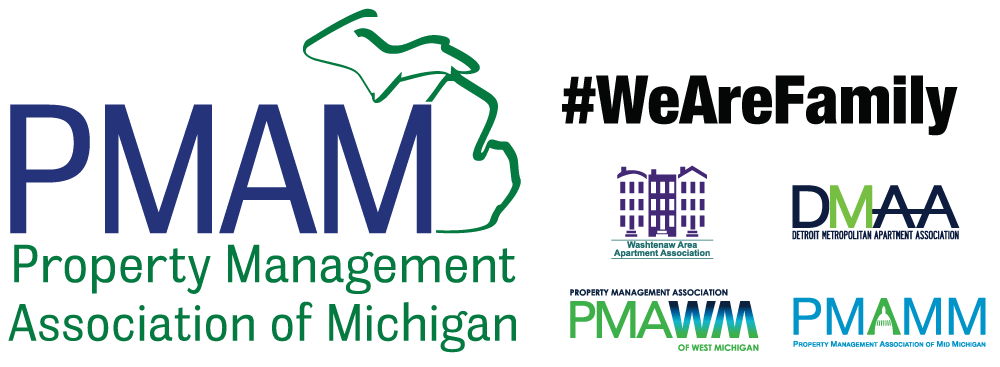Here’s where rent control is on the table across the country
Housing affordability concerns continue to dominate the political conversation in jurisdictions across the country. Advocates and progressive lawmakers have used this momentum to drive renewed calls for rent regulation as a solution to the challenge despite the policy’s long-term adverse impact on affordability.
What We’re Seeing:
- On October 20, the City Council of Santa Ana, CA passed a rent price stabilization ordinance which places a cap on rent increases at no more than 3 percent or 80 percent the local inflation rate.
- On November 2, St Paul, MN passed a ballot initiative which limits rent increases to 3 percent annually.
- On November 2, Minneapolis, MN passed a ballot question granting the city council the authority to enact rent regulations.
- On November 2, Montgomery County, MD passed a temporary rent regulation which prevents housing providers from raising rent higher than 1.4 percent until May 2022.
- The Association of Bay Area Governments recently finalized their Plan Bay Area 2050 which calls for local governments to enact similar limits on rent increases and mandate an inclusionary zoning policy.
- Spokane, WA City Council President Breean Beggs has introduced a proposal to tie a housing provider’s acceptance of emergency rental assistance to caps on rent increases.
- Boston, MA Mayor Michelle Wu ran on repealing Massachusetts’ preemption to rent control and instituting the policy in Boston. Her ideas have the support of other state lawmakers.
- Santa Barbara, CA Mayor Cathy Murillo and City Councilmember Oscar Guitierrez have proposed an annual rent increase cap of 2 percent.
Rent Control’s Reality:
While well-intentioned, empirical economic evidence demonstrates that policies which restrict or limit how rent is determined, assessed and collected achieves the opposite for the communities they purport to assist. In the long-term, rent regulation decreases affordability, hinders critical building maintenance and alters the makeup of surrounding neighborhoods and the wider housing market.
When rent regulations remove a property owner’s ability to respond to changing economic conditions, they may decide to remove their unit from the market entirely, placing upward pressure on existing rent prices.
What’s Next:
The National Apartment Association (NAA) continues to work aggressively to protect the interests of the rental housing industry and advocate for sustainable and responsible housing affordability solutions. These include robust emergency rental assistance for renters facing housing displacement, as well as identifying and eliminating barriers to new housing development.
To learn more about rent regulation, please contact Ben Harrold, NAA's Manager of Public Policy or visit our rent regulation policy issue page. For information on the newest research tools on rent regulation, please contact Leah Cuffy, NAA’s Research Analyst.
